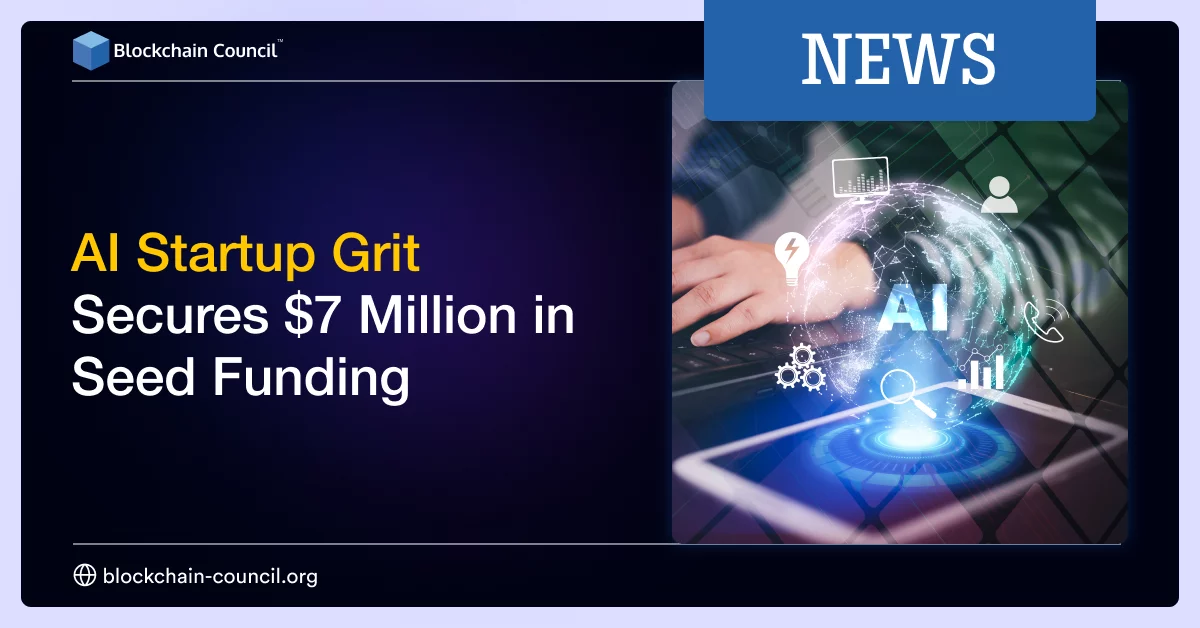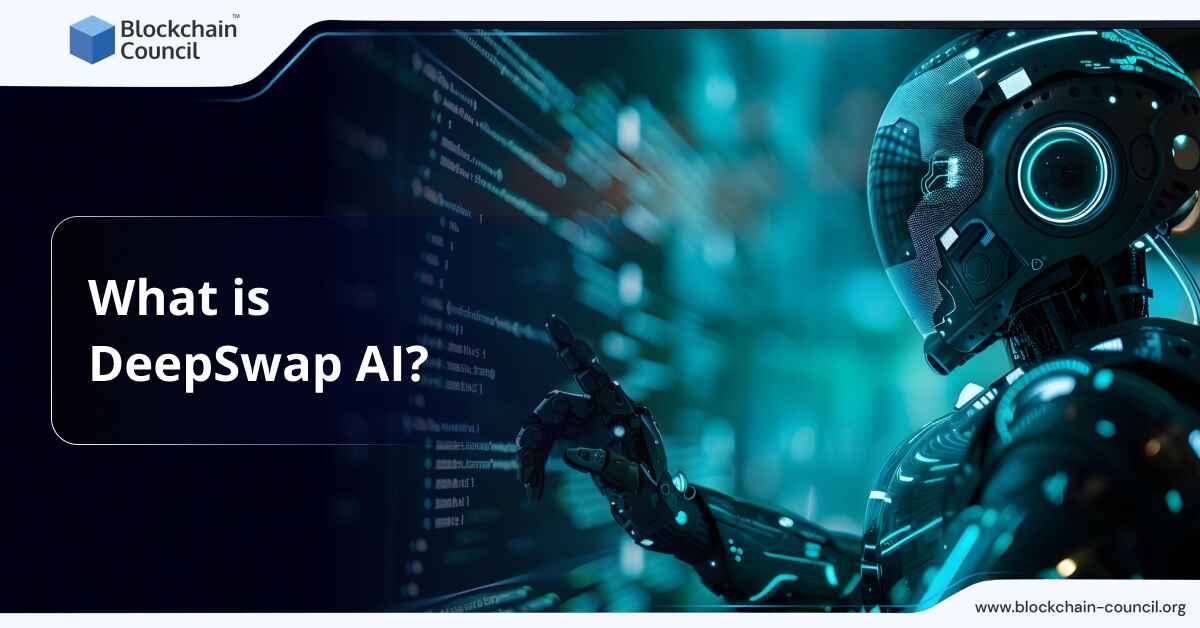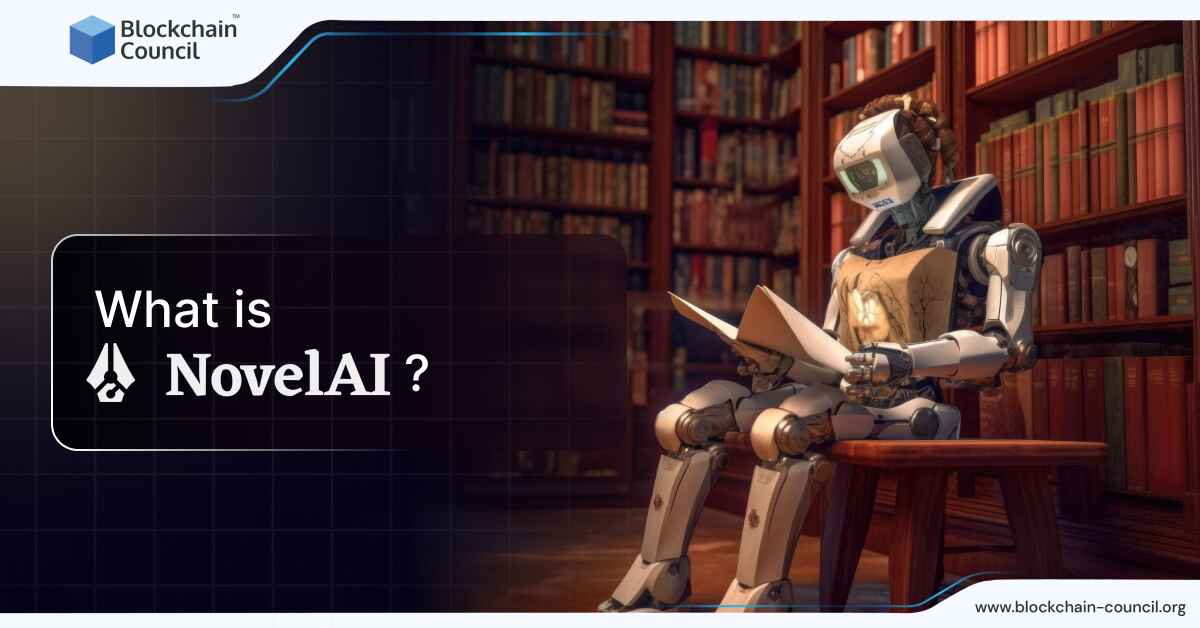
- Blockchain Council
- August 25, 2023
In the ever-evolving landscape of technological innovation, a breakthrough has emerged that promises to reshape the way software engineering teams tackle the age-old challenge of code maintenance. Grit, the New York City-based AI startup, has triumphantly raised $7 million in a seed round, a testament to the industry’s genuine recognition of its pioneering vision. This funding injection, led by Founders Fund and Abstract Ventures, along with notable participation from Quiet Capital, 8VC, A* Capital, AME Cloud Ventures, SV Angel, Operator Partners, CoFound Partners, and Uncorrelated Ventures, positions Grit at the forefront of an imminent revolution in the software development ecosystem.
At the heart of Grit’s mission lies a profound reimagining of the software maintenance paradigm. The inefficiencies and frustrations that have long plagued engineering teams tasked with this vital function are being addressed with the precision of AI automation. Software maintenance, a traditionally manual endeavor that often consumes an excessive amount of time, is being elegantly streamlined by Grit’s innovative approach. This particularly resonates with sprawling enterprises grappling with antiquated code bases, as well as nimble startups aiming to stay agile.
Also Read- The Ultimate Guide To Artificial Intelligence
Grit’s CEO, Morgante Pell, elucidates the essence of the transformation: “Being able to understand and maintain a code base on autopilot saves a lot of time and money.” This revolutionary assertion mirrors the sentiment of John Luttig from Founders Fund, who underscores the profound implications: “Companies can now reallocate existing headcount to work on higher leverage problems.”
The transformative potential of Grit is underscored by a real-world example that speaks volumes. A software project, originally projected to demand six labor-intensive months, was deftly condensed to a mere week through the intervention of Grit’s AI-powered prowess. This breathtaking acceleration exemplifies the power of AI in fostering not only operational efficiency but also unlocking unimagined realms of innovation.
The emergence of Grit from private beta to public beta signifies a pivotal juncture in its journey. Its metamorphosis from a nascent entity to a trailblazing contender for the future of software maintenance is underscored by its expanding clientele. Grit’s reach extends seamlessly across diverse spectrums, from startups striving to carve their niches to publicly traded behemoths navigating intricate technological landscapes.
Also Read- The Ultimate AI Glossary: Unraveling The Jargon And Concepts Of Artificial Intelligence
While the world fixates on the dazzling frontiers of enterprise software and generative AI, the often-neglected facet of maintenance is being elevated into the limelight by Grit’s breakthrough. Software development is not merely about innovation but is intrinsically tied to the art of maintenance. Grit, in its audacious stride, reconciles these dual imperatives, heralding a new era where sustenance and innovation merge.
At the core of Grit’s novel approach is a generative AI-powered developer assistant. Drawing inspiration from the creative energies of the art world, Grit envisions a world where software engineering transcends the manual and becomes an artisanal symphony of AI-powered ingenuity. Morgante Pell encapsulates this paradigm shift eloquently: “You have experts who go in with scalpels and modify code line-by-line. But what we’re seeing with generative AI is it’s much easier to generate new code. So we just need new tools that are able to move code at scale, like bulldozers.”
Also Read- 20 Most Trending Artificial Intelligence Jobs In 2023
The question that naturally arises is, how does this visionary process come to life? Pell’s deep-rooted understanding of the challenges, nurtured during his tenure at Google Cloud, inspired the creation of Grit. The realization that essential software often becomes a burden due to the demanding nature of maintenance sparked the beacon of innovation that guided Grit’s evolution.
The essence of Grit’s methodology lies in its integration with existing development workflows. By seamlessly integrating Grit’s AI capabilities as a GitHub app or within GitLab, the transformative process is initiated. The pivotal moment unfolds as Grit scans the code repository and meticulously constructs an index. This index, temporary in nature, acts as the compass that navigates the intricate codebase, identifying areas that require intervention to meet preset objectives.
Crucially, Grit’s philosophy of empowering developers remains anchored in every facet of its operation. The transition from intention to action is remarkably intuitive. Developers articulate their high-level aspirations through Grit’s natural language query interface. Grit, acting as the unparalleled assistant, seamlessly translates these aspirations into implementation, thus bridging the chasm between vision and execution.
Grit’s uniqueness is further amplified by its democratic approach to code evolution. Developers are accorded the agency to peruse and evaluate the proposed modifications before proceeding. This ingenious interplay between AI automation and human oversight ensures a harmonious dance between innovation and control. As Pell elucidates, “Instead of an engineer having to go in and proactively make a change, Grit can just look and say, ‘OK, you’re out of date on this version, and we’re going to suggest the upgrade, and we’ve already generated the change to do the upgrade.’ So the engineer, all they have to do is click one button and say ‘approved.’ They don’t even have to open their editor to do their change.”
The nascent journey of Grit has already yielded tangible results that underscore its transformative potential. Success stories abound, such as Faire and PromptLayer, whose endeavors, initially forecasted to span half a year, were spectacularly realized within a week. This heralds a new era where the monumental is achieved within the temporal, a testament to the indomitable spirit of innovation fueled by Grit’s AI prowess.
Grit’s trajectory, while brief, radiates promise and potential. Its early adopters hail from later-stage technology companies and fintech enterprises, where the imperative of modernizing legacy codebases converges with Grit’s unique offering. As the canvas of programming languages unfurls, Grit’s canvas, too, expands. From JavaScript and TypeScript to Python, CSS, and Terraform, Grit’s versatility embraces diversity with a roadmap that converges with every major programming language.
The narrative of Grit’s success would be incomplete without acknowledging its constellation of angel investors. Visionaries such as Guillermo Rauch from Vercel, Scott Belsky from Adobe, and the enterprising Sahil Bloom have collectively propelled Grit’s journey into the echelons of innovation.





































































 Guides
Guides News
News Blockchain
Blockchain Cryptocurrency
& Digital Assets
Cryptocurrency
& Digital Assets Web3
Web3 Metaverse & NFTs
Metaverse & NFTs
